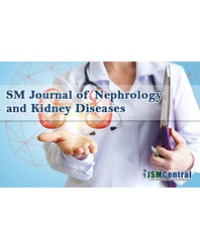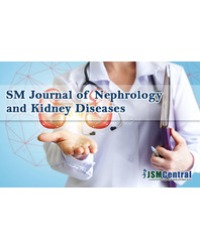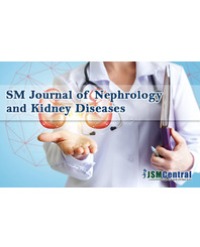
Cisplatin Nephrotoxicity in A Patient With Metastatic Testicular Choriocarcinoma: A Case Report and Review of the Literature
Choriocarcinoma is an aggressive and uncommon germ cell testicular tumour which represents only 1 to 3% of all germ cell testicular tumours. It is a tumour that has a propensity for early haematogenous dissemination, which is why it often presents itself as a disseminated disease at diagnosis. In the advanced stages of the disease, treatment must be systemic, and for this there are different chemotherapy regimens. All treatment regimens contain platinum as a fundamental chemotherapeutic agent in this type of tumours. One of the most frequent adverse effects in these treatment regimens is cisplatin nephrotoxicity. The case report presents a 28 year old man with metastatic testicular choriocarcinoma treated with platinum-based chemotherapy that presented nephrotoxicity as an adverse effect, making treatment with cisplatin impossible. Despite using the corresponding support measures for this type of situations, the recovery of renal function was prolonged up to several weeks. During this time of recovery, it was not possible to continue with the chemotherapeutic treatment. As a result, since it was an aggressive disease, the disease progression led to the death of the patient due to multiple organ failure. This case report is intended to emphasize the importance of monitoring renal function to ensure adequate dosing of chemotherapeutic agents and the early detection of nephrotoxicity.
Alba Viala Monleón*¸ Inés González Barrallo, Isabel Chirivella González


